Super-rare 'powdercap strangler' discovered among woodland fungi at Clumber Park country estate
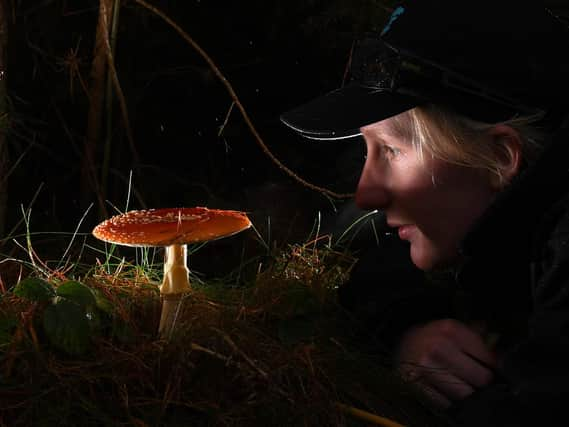

These fungi, from the red and white dotted charm of the Fly Agaric to the more sinister spectre of the exceedingly rare, are thriving in autumn’s damp chill.
As the forest leaves turn to vivid hues of golden fire, their peaked caps and waving gills stand out in abundance in a setting so reminiscent of fairytale lore.
Advertisement
Hide AdAdvertisement
Hide Ad“It’s so easy to take for granted that nature will always be there,” said Torri Crapper, engagement manager at the historic country park. “There are such special places to explore, in the woodlands and wetlands that so much habitat and wildlife calls home.
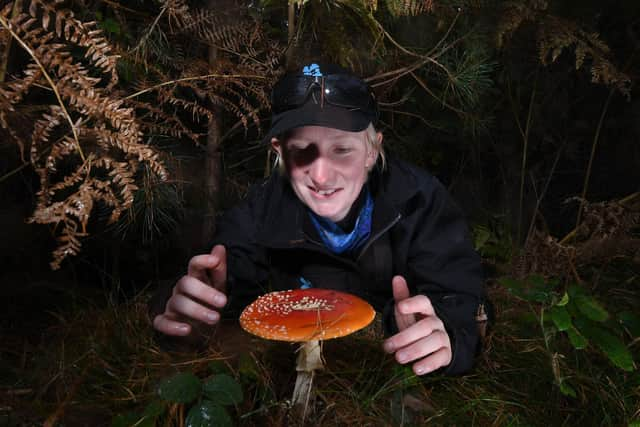

“We are still limiting numbers coming into the estate. That link, of human impact on the environment, has enabled our habitats to thrive - and our wildlife to go on the move.”
Squirrels, so familiar a sight to visitors here, have begun to return to their natural habitats, moving into new woodlands under a diminished lure of picnic crumbs.
And on the lawns of the 3,800-acre parkland, an eerie fungi has arrived called the Powdercap Strangler, so rare it has only been documented 23 times in the UK.
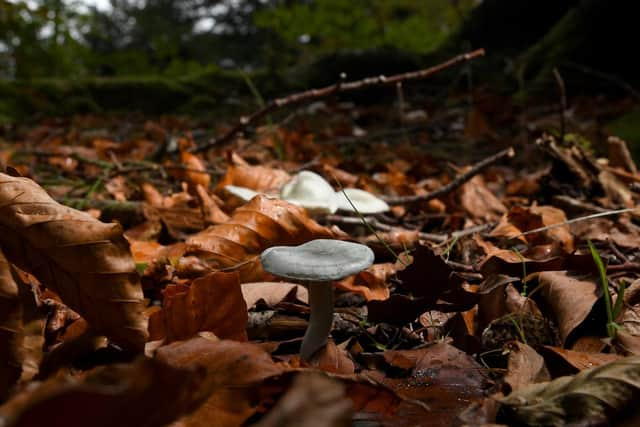

Advertisement
Hide AdAdvertisement
Hide AdRangers have been searching for five years to find this extraordinary fungus, which lives almost parasitically by invading the body of its host.
The Squamanita paradoxa was found on the lawns by visitors taking part in a public foray. The parasite grows by taking over another grassland fungus, the earthly powdercap, creating two-coloured toadstool as it overcomes its existing stem. It is so rare it should never be collected.
It’s arrival comes just after volunteer rangers, carrying out ecological surveys in heathland, found a diamond spider that hasn’t been seen in the UK for almost a quarter century.
“We are seeing more wildlife at Clumber,” said Miss Crapper. “It will be lovely to think we can get back to lots of people visiting, and helping us to care for these habitats.
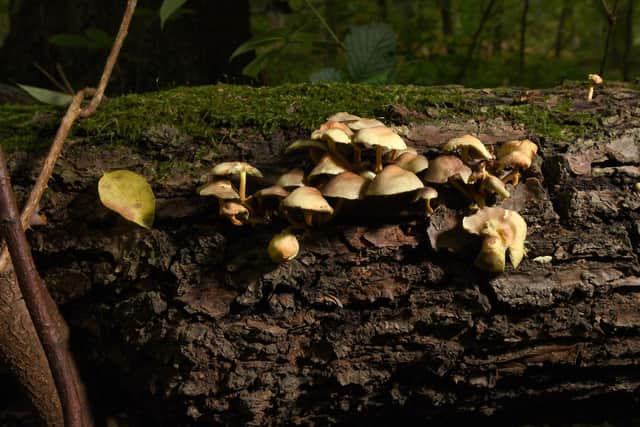

Advertisement
Hide AdAdvertisement
Hide Ad“But at the moment, it’s a great time to see different animals and the wonderful fungus at Clumber. In many ways, these spaces are a little more peaceful.”
Wonders of fungi
This month would normally have heralded a special week from the National Trust to explore the wonders of fungus and mushrooms with guided walks around its properties and estates.
This half term, families are encouraged to explore and to seek out their own adventures in enjoying the changing season before the beckoning call of winter’s cold embrace.
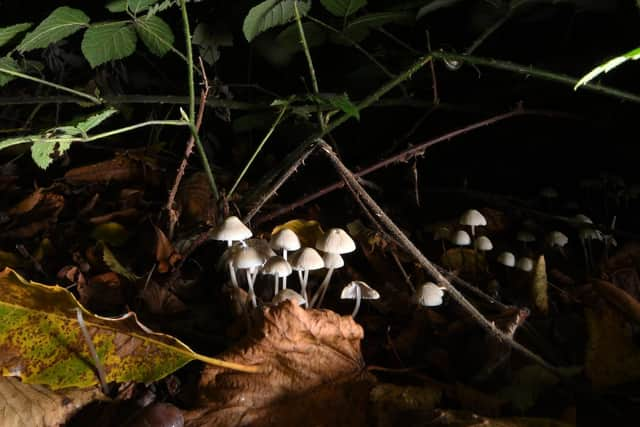

“Clumber is in its element now, as all the trees start to turn,” said Miss Crapper. “I love the colour changes, when the leaves crunch on autumn days and you’re all wrapped up in a woolly jumper with wellington boots.
Advertisement
Hide AdAdvertisement
Hide Ad“Taking that step off the beaten track and getting into the woodland is amazing, to see the deers jumping out at you and the birds and the dragonflies.
“It’s such a wonderful time to enjoy that nature that is all around us.”
___________________________________________________________________________________-
Support The Yorkshire Post and become a subscriber today. Your subscription will help us to continue to bring quality news to the people of Yorkshire. In return, you'll see fewer ads on site, get free access to our app and receive exclusive members-only offers. Click here to subscribe.